10 Fun Crafts for Exploring Science with Kids
Engage children in hands-on learning with these exciting science-themed craft activities. These projects combine creativity and education to make learning about science fun and interactive for kids of all ages.

1. DIY Lava Lamp
Engage children in hands-on learning with these exciting science-themed craft activities. These projects combine creativity and education to make learning about science fun and interactive for kids of all ages.
Create a mesmerizing lava lamp using simple household items like oil, water, and food coloring. This craft teaches kids about density and chemical reactions in a visually captivating way. By combining water, oil, and effervescent tablets in a clear container, kids can witness the mesmerizing dance of colorful bubbles moving up and down, mimicking a real lava lamp. This hands-on experiment not only creates a visually appealing result but also introduces children to basic scientific concepts in a fun and engaging manner.
Construct a colorful mobile featuring the planets of our solar system. This craft helps kids learn about the order of planets, their sizes, and distances from the sun while encouraging creativity.
Make a vibrant rainbow slime that introduces children to the concepts of polymers and non-Newtonian fluids. This sensory craft is not only entertaining but also educational, engaging kids in scientific exploration.
Build a simple balloon rocket to demonstrate Newton's Third Law of Motion. This hands-on activity shows kids how air pressure and thrust propel the rocket forward, making physics concepts easy to understand.
Grow beautiful crystal snowflakes using Borax and pipe cleaners. This experiment teaches kids about crystal formation and the science behind snowflakes, combining art and chemistry in a fascinating way.
Explore surface tension and chemical reactions with the rainbow milk experiment. By adding food coloring and dish soap to milk, kids witness a colorful display that illustrates scientific principles in a fun and engaging manner.
Create stunning egg geodes using alum and eggshells to mimic the natural formation of crystals. This craft introduces kids to geology and chemistry concepts while sparking their curiosity about the world around them.
Build edible structures using marshmallows and toothpicks to learn about engineering and architecture. This hands-on activity encourages creativity and problem-solving skills while teaching kids about stability and balance.
Observe the growth of seeds in a jar filled with wet paper towels, exploring plant germination and growth. This experiment allows kids to witness the stages of a plant's life cycle up close, fostering a deeper understanding of biology.

2. Solar System Mobile
Are you ready to embark on a cosmic adventure with your little ones? Let's dive into the fascinating world of astronomy with a fun and educational craft activity - the Solar System Mobile. This hands-on project will not only spark your child's creativity but also provide valuable insights into the wonders of our universe.
Imagine colorful planets suspended in the air, spinning gently as if orbiting the sun. With just a few simple materials like paper, paint, and string, you can bring the vastness of space right into your home. As you and your child work together to create this mobile, you'll have the perfect opportunity to discuss the order of planets, their sizes, and distances from the sun.
Encourage your little astronomers to get creative with the design of each planet, adding unique details and colors to make the mobile truly their own. As they assemble the pieces and watch the solar system come to life, they'll be learning valuable lessons about our cosmic neighborhood in a hands-on and engaging way.
Not only does this craft activity foster a love for science and astronomy, but it also provides a wonderful bonding experience for you and your child. So, gather your materials, set up a crafting station, and get ready to explore the wonders of the universe through the creation of a Solar System Mobile.

3. Rainbow Slime
Rainbow slime is a fascinating craft that not only entertains kids but also introduces them to scientific concepts in a fun and engaging way. By creating this colorful slime, children can explore the world of polymers and non-Newtonian fluids, gaining hands-on experience with basic chemistry principles.
The process of making rainbow slime involves mixing simple ingredients like glue, borax, and food coloring to create a stretchy and vibrant material that provides sensory stimulation for kids. As they knead and play with the slime, they can observe how the colors blend together, offering a visual representation of chemical interactions.
This craft activity encourages children to experiment with different color combinations, fostering their creativity and artistic expression. By understanding the science behind the slime's properties, such as its elasticity and viscosity, kids can learn about the behavior of materials under various conditions.
Moreover, rainbow slime serves as an excellent tool for sensory play, allowing children to engage their senses of touch, sight, and even smell. The squishy texture and bright colors of the slime captivate their attention, making learning about science an exciting and memorable experience.
Through the creation of rainbow slime, kids can develop an appreciation for the wonders of chemistry and the endless possibilities of scientific exploration. This hands-on craft not only sparks their curiosity but also instills a love for learning by combining fun and education in a delightful way.
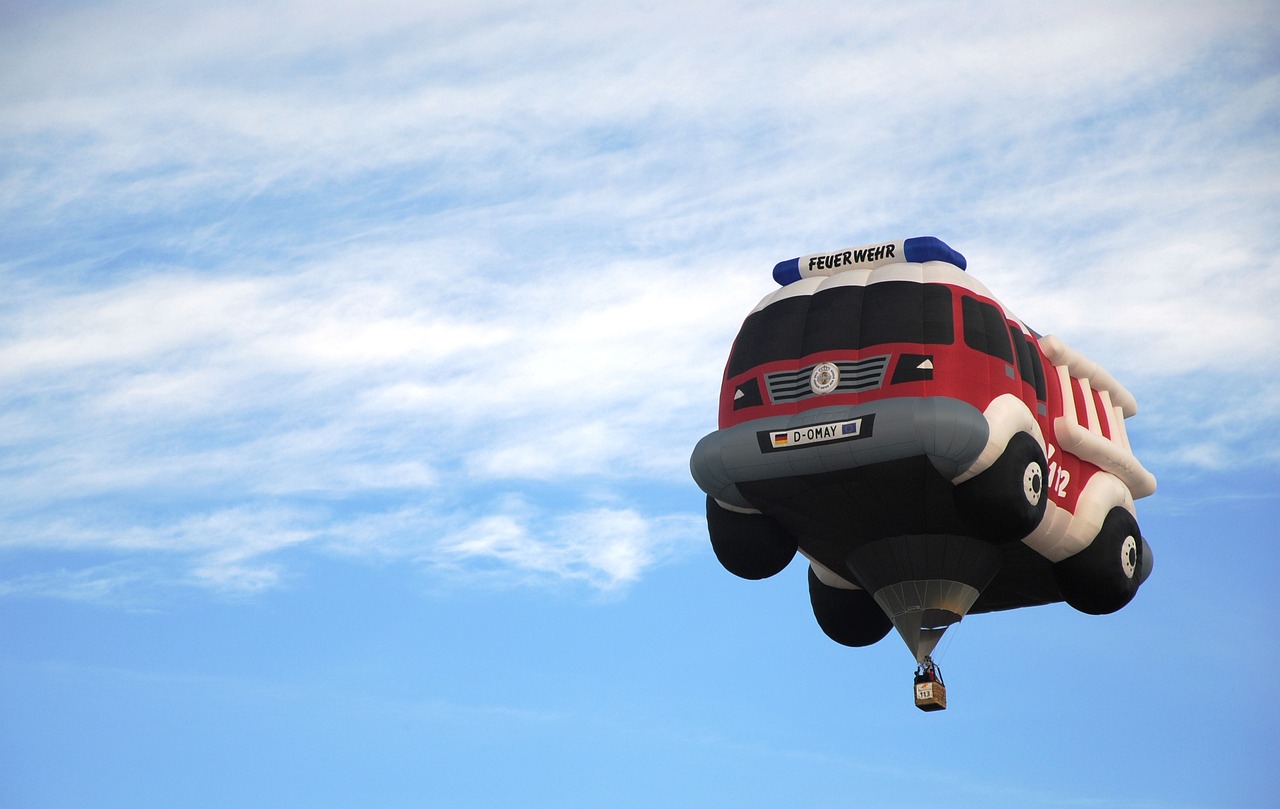
4. Balloon Rocket
Are you ready to launch into the exciting world of physics with a simple yet thrilling craft activity? The Balloon Rocket is here to take your scientific exploration to new heights! By harnessing the power of air pressure and thrust, this hands-on experiment brings Newton's Third Law of Motion to life in a fun and engaging way.
Imagine the thrill of watching a homemade rocket zoom across the room, propelled by the forces of nature that govern our everyday movements. With just a balloon, a straw, and a long piece of string, kids can experience the principles of physics in action, learning about the relationship between force and motion through a hands-on demonstration.
As the balloon deflates and air rushes out, it creates a forward thrust that propels the rocket in the opposite direction. This simple yet effective experiment not only teaches kids about the basic concepts of physics but also sparks their curiosity and creativity as they design and test different variations of the Balloon Rocket.
Through trial and error, children can explore how the size of the balloon, the length of the straw, and the angle of launch affect the rocket's trajectory, fostering critical thinking and problem-solving skills. This interactive activity is not just a craft project; it's a gateway to understanding the fundamental laws that govern the universe we live in.
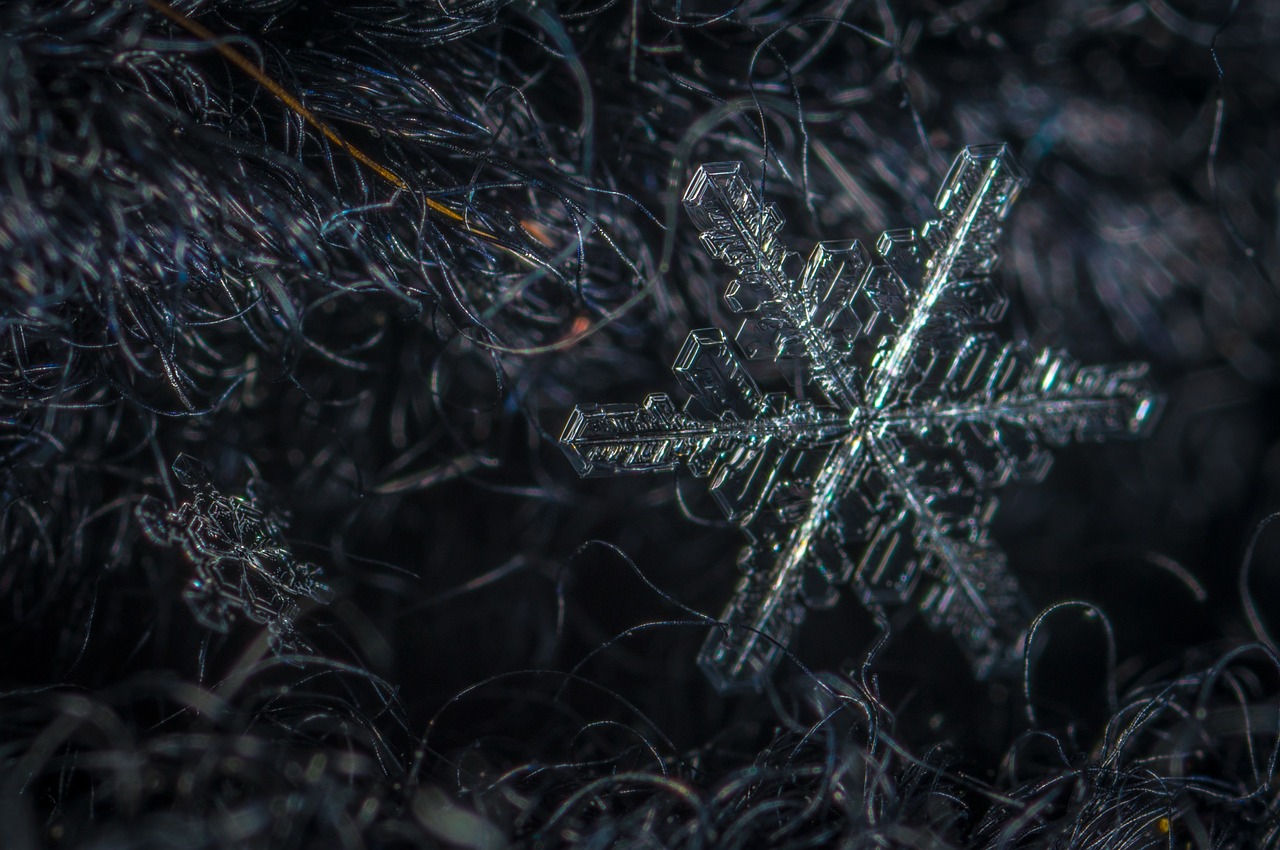
5. Crystal Snowflakes
Crystal Snowflakes are a delightful craft that combines art and science in a mesmerizing way. By using simple materials like Borax and pipe cleaners, children can witness the magic of crystal formation firsthand. This hands-on experiment not only allows kids to create beautiful snowflake shapes but also teaches them about the scientific process behind crystal growth.
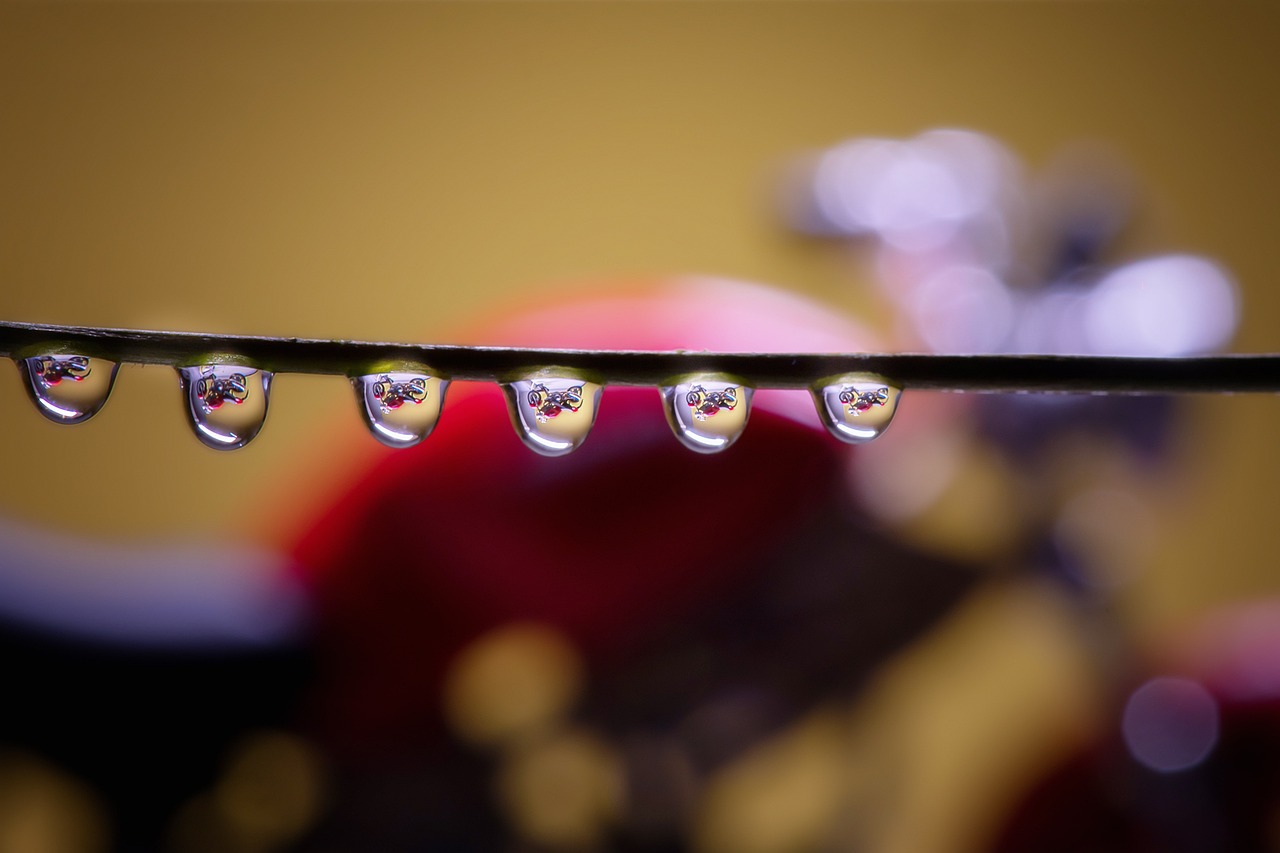
6. Rainbow Milk Experiment
The Rainbow Milk Experiment is a fascinating and colorful activity that allows children to explore scientific principles in a fun and engaging way. By combining everyday ingredients like milk, food coloring, and dish soap, kids can witness the magic of chemical reactions and surface tension firsthand. This experiment not only captivates their attention but also teaches them valuable lessons about the properties of liquids and how substances interact with each other.
To conduct the Rainbow Milk Experiment, start by pouring a thin layer of milk onto a plate or shallow dish. Next, add drops of different colored food coloring to the milk, spacing them out slightly. Then, dip a cotton swab or toothpick in dish soap and touch it to the milk. Watch in amazement as the colors swirl and dance across the surface of the milk, creating a vibrant and mesmerizing display. This simple yet impactful experiment is sure to spark curiosity and excitement in young minds.
Through the Rainbow Milk Experiment, children can observe the effects of surface tension and the interaction between different substances. They can ask questions, make predictions, and draw conclusions based on their observations, fostering critical thinking skills and a love for scientific exploration. This hands-on activity not only entertains but also educates, making it an ideal way to introduce kids to the wonders of chemistry and physics.
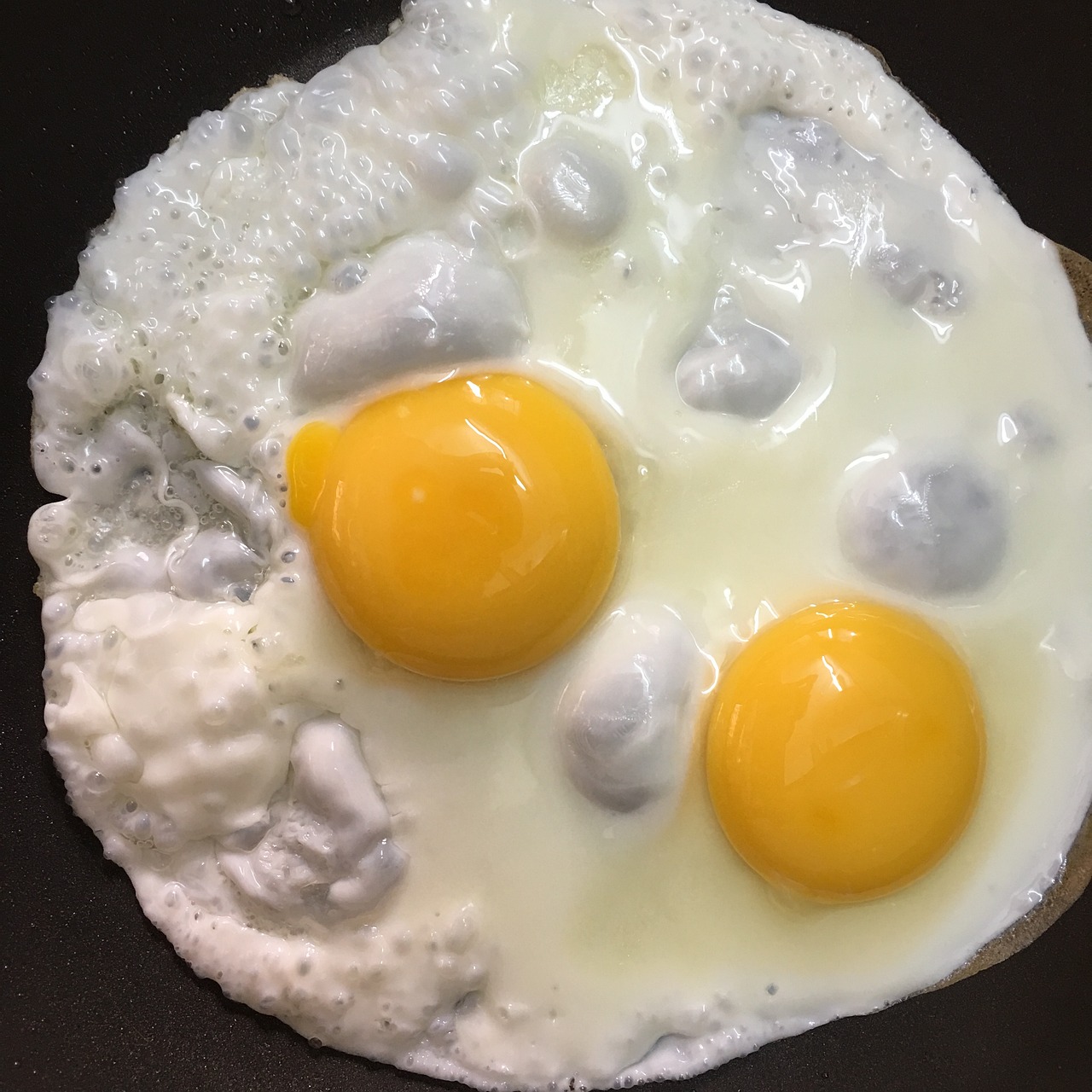
7. Egg Geodes
Let's dive into the fascinating world of geology and chemistry with the mesmerizing craft of creating egg geodes. By using alum and eggshells, children can mimic the natural formation of crystals, sparking their curiosity about the Earth's geological wonders. This hands-on activity not only introduces kids to the beauty of crystal growth but also teaches them about the chemical processes involved in creating these stunning structures.
As children carefully observe the gradual crystallization within the eggshells, they gain a deeper understanding of how minerals form and grow in nature. This craft provides a unique opportunity for kids to explore geology concepts in a fun and interactive way, encouraging them to appreciate the intricate beauty of crystals and the science behind their formation.
Through the creation of egg geodes, kids can witness firsthand the transformative power of chemical reactions and the natural forces that shape the world around us. This engaging craft not only stimulates their creativity but also nurtures their scientific curiosity, laying the foundation for a lifelong appreciation of the wonders of geology and chemistry.

8. Marshmallow Structures
When it comes to engaging kids in a fun and educational activity, building marshmallow structures is a fantastic way to spark their creativity and teach them about engineering and architecture. By using marshmallows and toothpicks, children can construct various shapes and designs, learning about stability and balance in the process.
Imagine the excitement on a child's face as they see their marshmallow tower standing tall or their bridge holding weight. This hands-on activity not only encourages problem-solving skills but also introduces basic principles of construction in a playful manner. Kids get to explore different building techniques and experiment with designs, all while enjoying a tasty treat.
Marshmallow structures provide a hands-on approach to learning, allowing kids to physically see the results of their efforts. As they build and test their creations, they develop a deeper understanding of how different elements work together to create a stable structure. This activity fosters critical thinking and spatial awareness, essential skills for future engineers and architects.
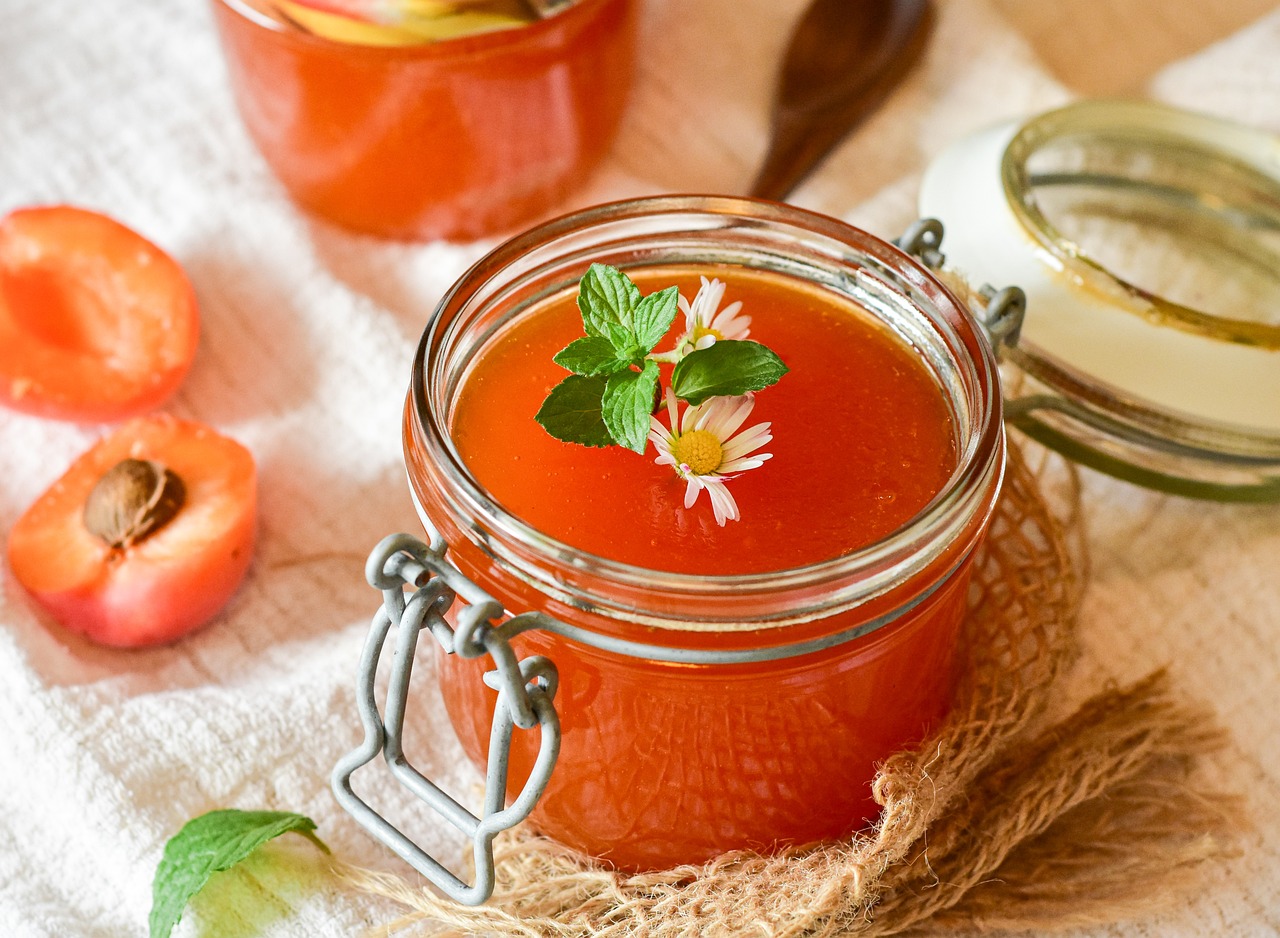
9. Seed Jar Science
Seed Jar Science is a fascinating experiment that allows children to witness the magic of plant growth up close. By placing seeds in a jar filled with wet paper towels, kids can observe the germination process and the development of roots and shoots. This hands-on activity provides a unique opportunity for young learners to understand the life cycle of plants and the importance of water and nutrients for growth.
As the seeds sprout and grow, children can track the changes day by day, recording their observations and noting any differences in growth patterns. This experiment not only teaches kids about biology and botany but also instills a sense of responsibility as they care for their growing plants. It's a fun and educational way to connect children with nature and foster a love for gardening and science.
Through the Seed Jar Science project, kids can witness firsthand how plants respond to their environment and the essential elements needed for survival. By providing a close-up view of seed germination, this experiment sparks curiosity and encourages children to ask questions about the natural world around them. It's a simple yet impactful activity that can inspire a lifelong interest in plant science and environmental awareness.
By engaging in Seed Jar Science, children not only learn about the biological processes of plant growth but also develop important skills such as observation, recording data, and drawing conclusions based on evidence. This hands-on experiment promotes critical thinking and scientific inquiry, laying the foundation for future exploration and discovery in the field of botany and ecology.
Overall, Seed Jar Science is a versatile and engaging activity that combines education with hands-on experience, making learning about plant biology interactive and fun for kids of all ages. Whether used in a classroom setting or as a home science project, this experiment offers a valuable opportunity for children to connect with nature, nurture their curiosity, and cultivate a deeper appreciation for the wonders of the natural world.
Frequently Asked Questions
- Can these science crafts be done with children of all ages?
Yes, these science crafts are designed to be engaging and educational for kids of all ages. Younger children may need more guidance and supervision, while older children can delve deeper into the scientific concepts behind each activity.
- Are the materials required for these crafts easy to find?
Absolutely! Most of the materials needed for these science crafts are common household items or can be easily purchased at a local store. The goal is to make these activities accessible and budget-friendly for families.
- Do these crafts require any special scientific knowledge?
No, these crafts are designed to be fun and educational even for those without a background in science. The instructions are simple to follow, and the activities are meant to spark curiosity and exploration in children without the need for prior scientific knowledge.
- How can these crafts benefit children beyond just having fun?
These science-themed crafts not only provide entertainment but also help children develop critical thinking skills, creativity, and a deeper appreciation for the world around them. By combining art with science, kids can learn through hands-on experiences and make connections between theory and practice.



















